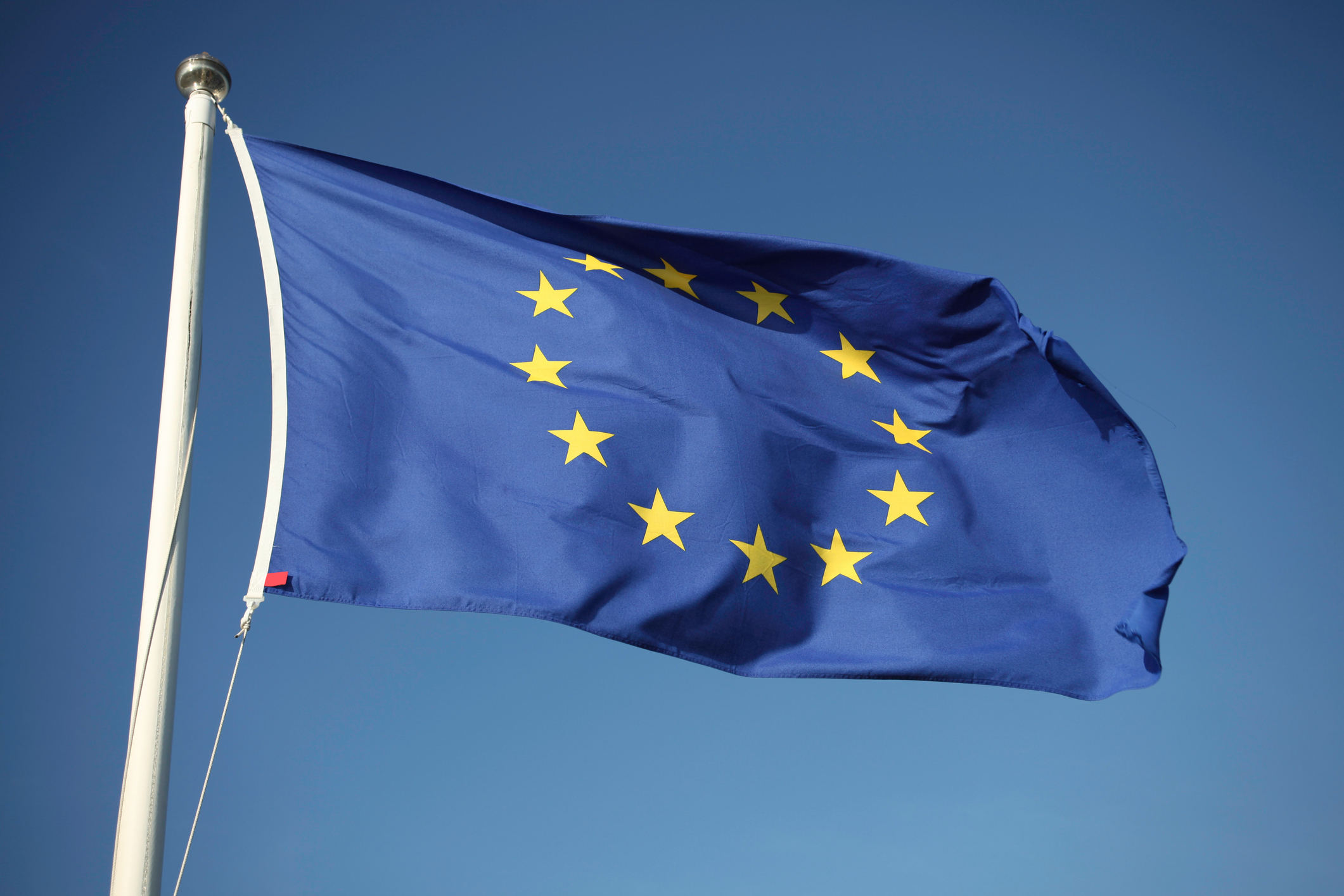06/05/2022 NFT Issuers Could Have to Centralize and Register Under EU's MiCA Rules, France Warns
The EU bill would also tackle decentralized finance and bitcoin's energy use.

European Union flag (Håkan Dahlström/Getty)
New European Union rules could force issuers of non-fungible tokens (NFTs) to centralize and register in a move that insiders warn could “significantly broaden” planned EU crypto rules, according to a document seen by CoinDesk.
The plans, now approaching finalization, could also toughen up the rules on overseas exchanges accessing the bloc and keep tighter tabs on the energy use of crypto mining, even if the risk of a bitcoin ban seems to have receded.
The document was prepared by France, whose government is responsible for chairing talks within the EU’s council. It is undated, but prepared ahead of a closed-doors meeting due to take place Friday morning European time. Governments and lawmakers need to thrash out their position before the rules, known as the Markets in Crypto Assets Regulation, or MiCA, can pass into law.
While governments want to see NFTs entirely excluded from the new law, the European Parliament is worried about their use in laundering schemes and wants tougher rules.
That would mean “a NFT issuer would have to be a legal person" rather than a decentralized entity and would also have to register with the authorities and comply with other consumer-protection measures set out in the law, the document said.
“This would therefore significantly broaden the scope of the MiCA regulation” beyond its existing focus on cryptocurrencies and into NFT assets from the world of art, entertainment and gaming, the document said.
Lawmakers appear to have the support of the European Commission, which is responsible for brokering the remaining talks – and which also has concerns over the integrity of the NFT market, in which scams and frauds are becomingincreasingly common.
The council also seems ready to concede to lawmakers’ tough position on limiting the energy emissions of crypto mining. The European Parliament no longer favorscurbs on proof-of-work validation technologythat some said could amount to a bitcoin (BTC) ban – but wants to see new coins setting out their environmental impact in regulatory documentation.
The document said France “would suggest to support” that call from the parliament, as long as it’s neutral in arbitrating between different technologies, such asproof- of-work. On Sunday, Mairead McGuinness, the EU’s financial-services commissioner, said anew global crypto agreementshould consider environmental impacts.
It may be better news for decentralized finance (DeFi). The European Parliament had controversially proposed to include decentralized autonomous organizations (DAOs) within the scope of the law – taking it into a field it was never intended to cover and raising questions about exactly which entity would be responsible for talking to regulators.
Lawmakers have now “expressed openness” to the softer position favored by governments, which merely want to see a further report onWeb 3innovations in one or two years’ time.
Governments could also take a tougher line on crypto sites from outside the bloc seeking to market to EU clients, the document revealed.
Under the law that applies to conventional finance, foreign firms can still offer investment services like brokerage to any European who proactively approaches them and asks – but those rules, known as reverse solicitation, are somewhat vague and inconsistently applied.
According to the document, the crypto sector has said that “insufficient regulation of reverse solicitation could lead to reducing the applicability of the MiCA regulation and paving the way to unfair competition.” It suggests governments think again about how to avoid any loopholes or divergence.
The news comes just aftercrypto exchange Binanceconfirmed it had secured regulatory approval in France – meaning it could be allowed to market across the EU once MiCA is finalized.
 (0)
(0)
 (0)
(0)
